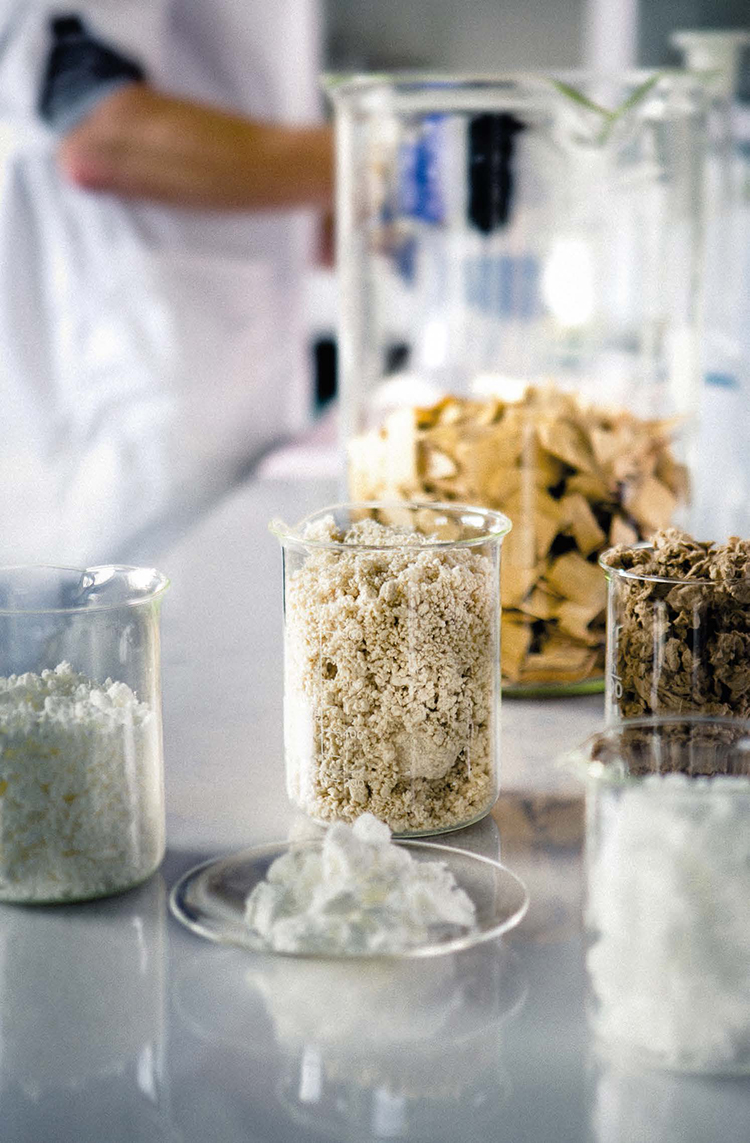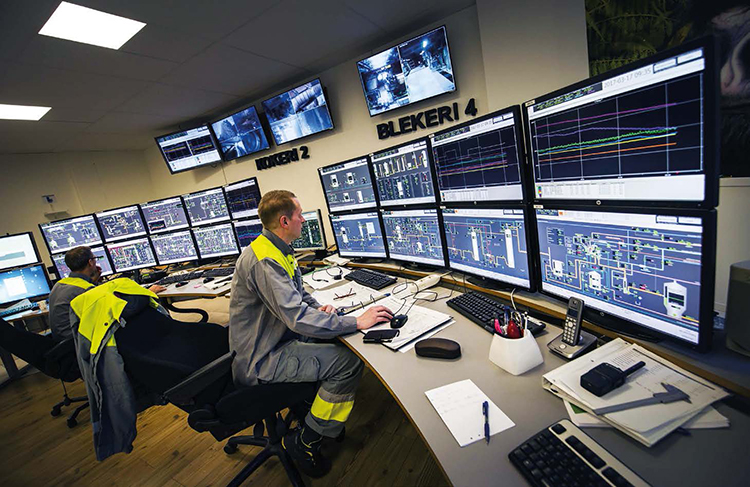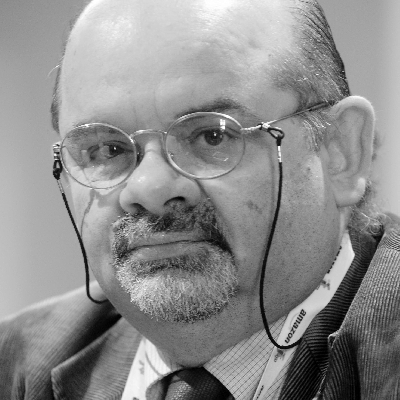Analysing internal industrial processes and finding the keys to make them sustainable. This is one of the most interesting and hardest challenges of the circular economy because if sustainability does not protect the value chain of businesses it has little opportunity to develop. Let alone when sustainability aspires to increase the value chain, thus increasing new markets.
It seems a dream book but actually it is a challenge embraced by one of the oldest and largest wood businesses, Stora Enso, a Finnish/Swedish group, with a 2016 turnover of €9.8 billion, with 25,000 employees in 35 countries that decided to turn into a company using second generation renewable raw materials, i.e. not competing with agriculture for human consumption.

“Our business has been and will stay in forests – states Andreas Birmoser, Stora Enso’s vice chairman for business and strategies of biomaterials sector –. We are convinced that it is already possible to do with trees what we are doing with oil.” Since 2012 the company has created a division of innovative biomaterials and since then it has embarked on a new journey to “shed its skin.” “More than two thirds of our business was linked to paper up until 11 years ago – continues Birmoser, showing us around the biomaterials research laboratory in Stockholm, the new industrial strategy –. Today, a little less than a third. And innovative biomaterials now represent 14% of our business.”
The company’s approach to biomaterials revolves around one of the key issues of its production: using waste more efficiently. The extraction process of pulp, uses less than 50% of trees, with 35-45% of cellulose, 100% coming from certified and tracked supply chains, while the remaining 50% is represented by 20-30% lignin and 25-35% hemicellulose, which are normally incinerated for energy purposes. And here technological innovation comes into play. Stora Enso uses it to improve the extraction of lignin, hemicellulose and sugars so as to use them as a base for new materials. An almost textbook example of upcycling, where waste becomes resource, or more specifically a new supply chain, thus creating value both for the company and the environment. For the business the value is represented by biomaterials (formerly waste) as raw materials, which saves money thanks to the non purchase of raw materials from the outside and the development of new markets; while on the environmental front, new supply chains of innovative materials characterized by neutral climate change emissions are developed.
The idea behind is focusing on a biorefinery with the same functionality as the oil ones, near to the resource “extraction” location: biomasses. This is not a new concept, since over the last decades in the fossil sector this is precisely what has been happening. Refineries dealing with fossil-based chemistry have moved near the deposits because oil-producing countries realized that it is a lot cheaper to sell intermediates than crude oil. But there is room for improvement. Today with the development and technological innovation of supply chain processes it is possible to use existing infrastructure and change it for the new productions based also on biomaterials. “We are sensitive to technology – continues Birmoser –. And we are convinced that the introduction of new supply chains into existing structures is also an element to lower the investment risks.”

In Finland, Sunila is a good case in point where Stora Enso has produced 50,000 tonnes of lignin a year since 2015, through the kraft process, normally used for the conversion of wood in pulp. With such supply chain innovation, Stora Enso has become the world’s largest lignin producer and recently launched a new product called Lineo. Besides being very versatile from an industrial point of view, new applications beyond the original one are being studied, i.e. the replacement of fossil-based phenol.
In order to achieve such result, Stora Enso set up a series of pilot projects begun with the acquisition of a US startup in 2014 and with a set of tests in its own plants, but basically it has been the development of internal research. Indeed, of late the company completed a research centre in Stockholm devoted to biomaterials: 4,900 m2 of which 1,600 are laboratories where over 70 researchers work, worldwide almost 50% of Stora Enso’s staff works in research and development. For instance, one of the product lines being currently studied is the possible manufacturing methodologies for carbon fibre starting from the combination of lignin and cellulose, thus debunking the still quite popular myth according to which biomaterials, since they are organic, are not able to generate high-quality products.
Lignin can thus be a pervasive matter within several supply chains since it is a renewable substitute for oil-based phenolic materials used in resins for plywood, for oriented strand boards (OSB), laminated veneered lumber (LVL), paper lamination and insulating material.
Lignin, compared to phenol, besides having a much lower environmental impact, is easier to keep, since it is dried. But it also has another characteristic, highlighted by Markus Mannström, Stora Enso’s executive vice-president of the division for biomaterials, during the announcement of the new product: price stability. Indeed, biomaterials are not affected by geopolitical crises that have been crippling the world of fossil energy for over half a century and their quotation stability over time makes for a more efficient and accurate planning. Performance being equal, such characteristics make it cheaper than phenol.
Stora Enso, www.storaenso.com



